RIGHT so the king and he departed, and went until an hermit that was a good man and a great leach. So the hermit searched all his wounds and gave him good salves; so the king was there three days, and then were his wounds well amended that he might ride and go, and so departed. And as they rode, Arthur said, I have no sword. No force, said Merlin, hereby is a sword that shall be yours and I may.
So they rode till they came to a lake, the which was a fair water and broad, and in the midst of the lake Arthur was ware of an arm clothed in white samite, that held a fair sword in that hand. Lo, said Merlin, yonder is that sword that I spake of. With that they saw a damsel going upon the lake: What damsel is that? said Arthur. That is the Lady of the lake, said Merlin; and within that lake is a rock, and therein is as fair a place as any on earth, and richly beseen, and this damsel will come to you anon, and then speak ye fair to her that she will give you that sword.
Anon withal came the damsel unto Arthur and saluted him, and he her again. Damsel, said Arthur, what sword is that, that yonder the arm holdeth above the water? I would it were mine, for I have no sword. Sir Arthur king, said the damsel, that sword is mine, and if ye will give me a gift when I ask it you, ye shall have it. By my faith, said Arthur, I will give you what gift ye will ask. Well, said the damsel, go ye into yonder barge and row yourself to the sword, and take it and the scabbard with you, and I will ask my gift when I see my time.
Le Morte d’Arthur by Sir Malory (1470 DC)
We have reached the most popular historical period in fantasy: the Middle Ages! Stories of warriors and princesses, horse-riding and battles constitute the bulk of many fantasy sub-genres. No wonder it is an exciting period to go through for any fan of fantasy, like myself. I have to warn you: this is a blog post and not a PhD thesis. I’m afraid I will fly over the whole period (on my dragon’s back) in a few short paragraphs. Still I will take the time to give enough details so that you can relate to the period and draw comparisons with its “depiction” found in popular fantasy.
The Middle Ages lasted about 1000 years (5th-15th century AD). The period saw the population go through a roller-coaster. It first decreased, due to diseases, wars and famine. Then it shot up from 35 to 80 millions in Europe between 1000 and 1347 due mostly to technological and agricultural innovations. Finally, it went down again, dramatically. This as Europe was struck by more calamities during the late Middle Ages, in particular the Black Death, that killed about a third of Europeans.
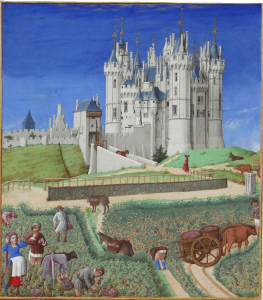
Peasants were organized into villages that owed rent and labour services to the nobles. Through feudalism, knights and lower-status nobles owed military service to their overlords in return for the right to rent from lands and manors. The Monarchy system in itself will progressively be introduced during the late Middle Ages.
The Middle Ages were also the time of crusades (starting in the 11th century) and exploration outside of Europe. The famous Inquisition came to light. Religion had a strong grip during that period and greatly inspired art. The outstanding achievements of this period were the theology of Thomas Aquinas, paintings of Giotto, poetry of Dante and Chaucer, travels of Marco Polo and architecture of Gothic cathedrals. Developments in philosophy and theology led to increased intellectual activity and to the creation of cathedral schools, that became universities later on.
Cultural and technological developments transformed European society. Roman numerals were replaced by the decimal positional number system, which, along the invention of algebra, allowed for more advanced mathematics. Medicine and astronomy progressed. Cathedrals and castles were constructed. Gunpowder appeared mid 13th century and its use started during the 14th century as an explosive. Cannons and hand-held guns were later introduced during that century.
The end of the 11th century saw the development of chivalry and ethos of courtly love in royal and noble courts. Culture comprised poems, stories, legends and popular songs.
In terms of literature, first of all, the transition from manuscripts to books took place during the 13th century and contributed to the spread of literate works. The invention of the printing press in the middle of the 15th century led to publishing houses and an explosion of books. Literacy rates grew, but were still low: 10% of men and 1% of women in 1500. Most literature remained religious in character. However secular works were also produced and of particular interest to us here is the subject of Courtly love literature.
Courtly love stories and epic poems is where the fantasy genre, in particular heroic, high and historical fantasy, takes its roots. The most famous works of this period are:
– Beowulf (8th-11th century). Set in Scandinavia, it relates the story of Beowulf, a hero of the Geats (North Germanic tribe). After aiding the king of Danes and defeating a monster known as Grendel, Beowulf later becomes king of the Gates. 50 years later he defeats a dragon but is mortally wounded in the encounter and buried in a tumulus (burial mound) in Geatland.
– Le Chevalier de la Charette (Lancelot, the Knight of the Cart) by Chrétien de Troyes (12th century).
– Tristan and Iseult (12th century). Inspired by celtic legend, it relates a tragic story of adulterous love between Cornish knight Tristan and Irish princess Iseult. Its narrative most likely influenced the Arthurian romance of Lancelot and Guinevere later on.
– Nibelungenlied (The Song of the Nibelungs, 13th century). Epic poem telling the story of dragon-slayer Siegfried at the court of the Burgundians, his murder and his wife Kriemhild’s revenge.
– Norse sagas (13th century). Traditionally in sagas, the main character encounters Christian cultures, mythological elements like dwarves, elves, giants and magic. They are settled in Scandinavia.
– Lancelot-Grail or the Vulgate Cycle (13th century). It is a series of five prose volumes that tell the story of the quest for the Holy Grail and the romance of Lancelot and Guinevere.
– Le Morte d’Arthur by Sir Thomas Malory (15th century). It is a compilation (translation) of the traditional tales about the legendary King Arthur, Guinevere, Lancelot and the Knights of the Round Table.
In summary, the Middle Ages and Courtly love planted the seed of modern fantasy and are still the most popular classic background for fantasy, mixing chivalry and swords with magic and mythical creatures. The end of the Middle Ages is marked by the invention of the printing press that will create an explosion of books being produced and distributed. Going back in time has allowed us to contrast the reality of life during the Middle Ages versus the romanticized version depicted in popular fantasy. Sadly, fantasy fans, we now have to leave this period and continue our voyage.
Our adventure will take us to the Early Modern Period, in the next post.
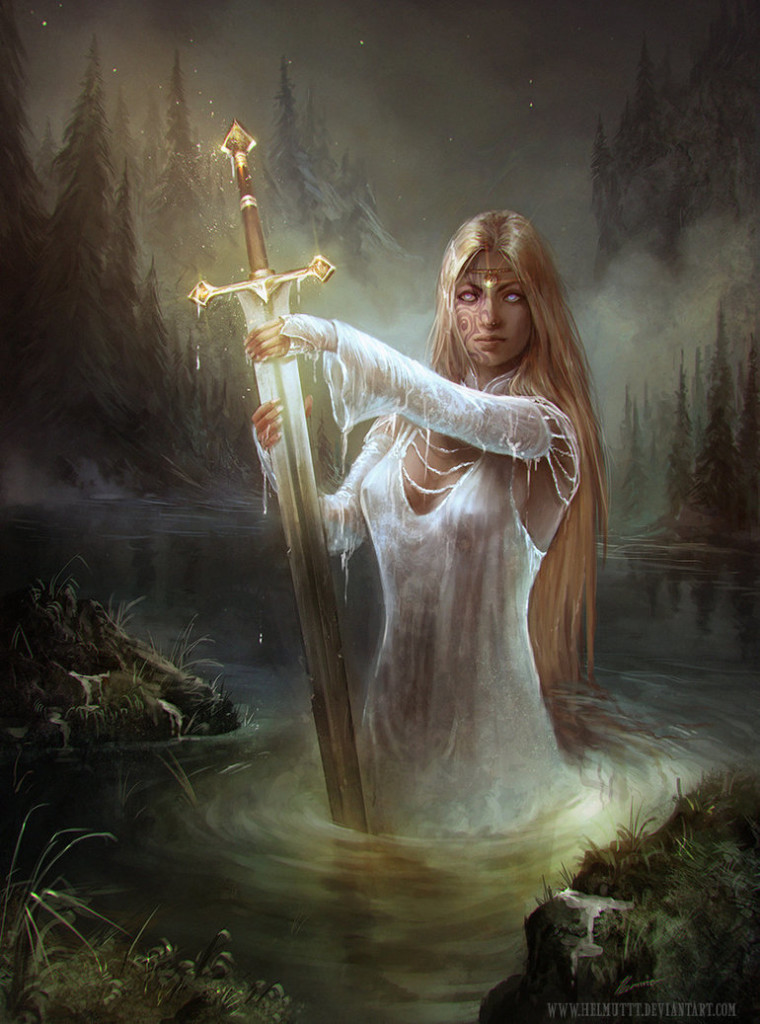
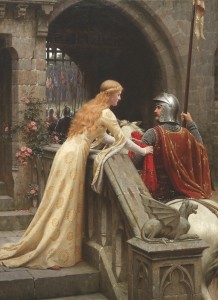
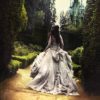
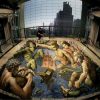
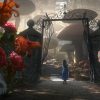
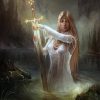



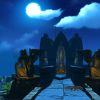




Please share your comments